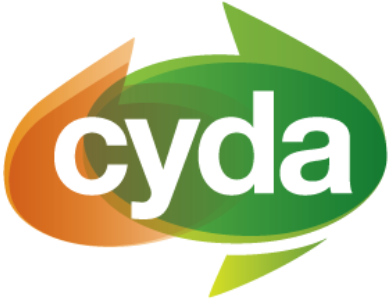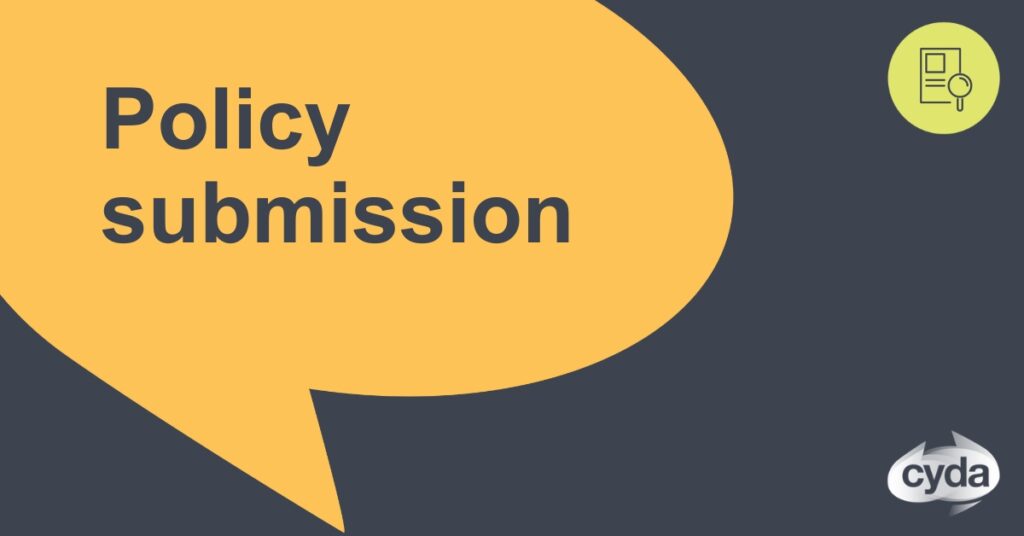If you have a concise summary or cover letter that goes with the submission, research or report, put it here. Otherwise, you can delete this section.
⚠️ Content note: If you need one.
"Use this widget and styling for blockquotes."
Web Designer
- Use this widget and styling for dot points.
- Dot point 2
- Dot point 3


